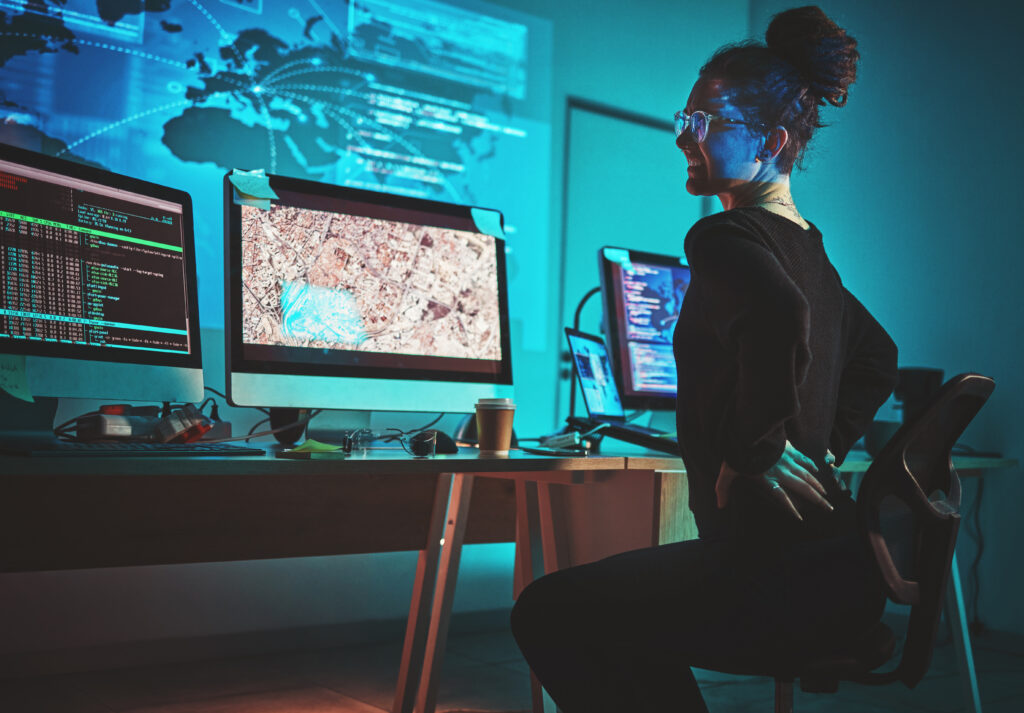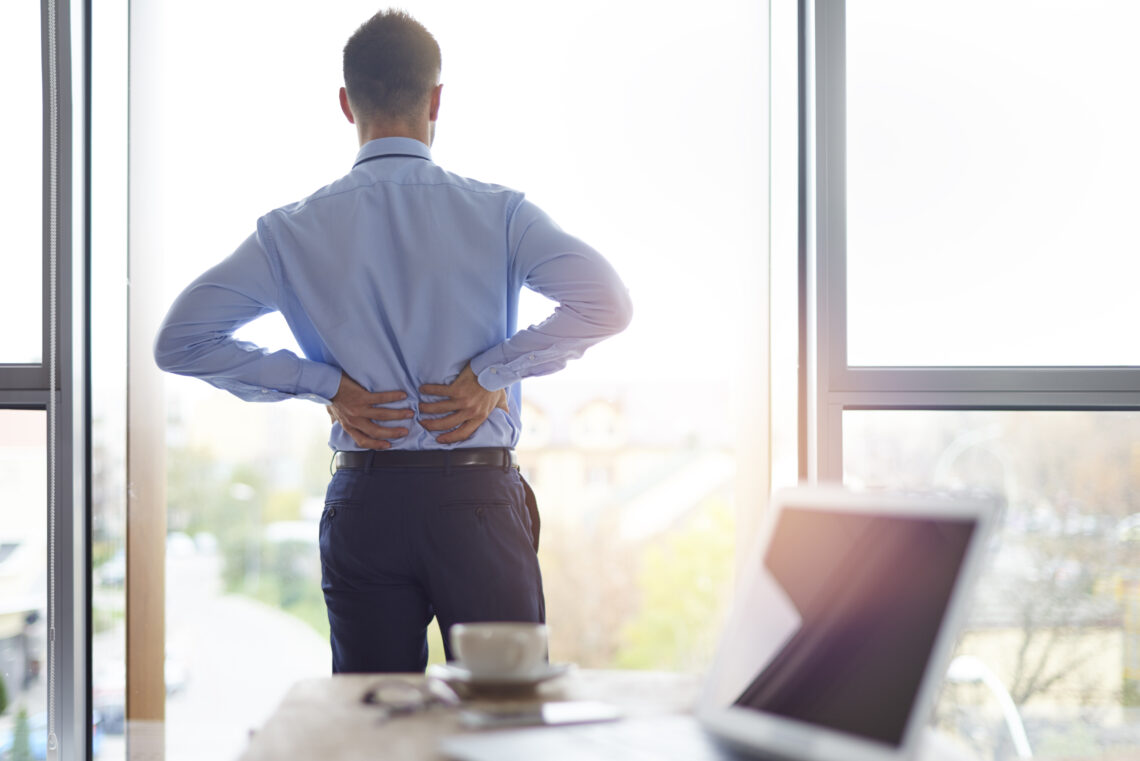Let’s face it, our lives are dominated by screens. Whether we’re working at a desk all day, binge-watching our favorite TV shows, or scrolling through social media, we’re spending more time seated than ever before. We all know that our sedentary lifestyle has an impact on our health, but it’s particularly bad when it comes to back pain. Back pain is becoming more of a common complaint, affecting millions of people worldwide – and it’s closely linked to our increasingly inactive habits. So how to we resolve this issue when so much of our time is owned by the screen? Let’s dive into some expert strategies that can help us combat back pain in a sedentary world.
Understanding the Sedentary Dilemma
We spend too much time involved in activities that require little to no physical effort. We’re constantly in a seated or reclining position. As we remain focused on our screens, our muscles weaken, our posture suffers, and our spines bear most of the consequences. As a result, we’re having an epidemic of back pain that spans across age groups and professions.
The Link Between Sitting and Back Pain
The connection between sitting for extended periods of time and back pain is complex. Prolonged sitting weakens our core muscles which are vital for spine support. This makes our spines less steady, causing bad alignment and more pressure on spinal discs, boosting the risks for issues like lordosis, kyphosis and scoliosis. Over time, this pressure might bulge or herniate discs, causing significant amounts of pain. If we’re not careful, some of this damage could even be irreversible!

10 Expert Strategies to Combat Back Pain Caused by Sitting Too Long
So what are some strategies to prevent back pain caused by sitting for long periods of time? It’s actually more straight forward than you think.
- Prioritize Movement: The backbone (pun intended) of preventing back pain in a sedentary world is movement. Super simple, right? We need to stand up, stretch, and walk around for a few minutes every hour. Experts call these micro-breaks, and they prevent our muscles from stiffening and improve our blood circulation. Set reminders and movement goals for yourself throughout the day to make it easier.
- Ergonomics Matter: You’d be surprised how many of us are using chairs and desks that have zero support for our backs. We have to create a workspace that supports good posture. Adjust your chair, monitor, and keyboard to ensure your body is properly aligned. An ergonomic setup can and will reduce strain on your back and neck.
- Incorporate Exercise: Outside of just having micro-breaks, we should include regular physical activity that focuses on strengthening our core and back muscles. Activities like yoga, Pilates, and resistance training can be particularly beneficial.
- Mindful Posture: It’s not only about sitting, but you should also be aware of your posture while standing and walking as well. I like to imagine a string pulling me up from the top of my head, stretching my spine and promoting proper alignment.
- Stretches for Relief: Regularly stretch your hip flexors, hamstrings, and lower back to counteract the effects of sitting. Incorporate stretches that target these areas into your daily routine.
- Hydration and Nutrition: Stay hydrated! Drinking enough water and having a good diet supports overall spinal health by maintaining the fluid content in your discs and providing essential nutrients.
- Active Commute: This one is my favorite, because I personally love to walk to work. So if possible, try walking, biking, or public transportation on your way to work. This creates an easy way to add more physical activity to your day.
- Create Active Habits; Choose stairs over elevators, walk during phone calls, and take the scenic route during breaks to add more steps to your day.
- Screen Time Breaks: Be aware of the time you spend on screens. Set some time limits for yourself. There are a handful of great apps that allow you to set limits and reminders.
- Consult Professionals: If back pain persists, consult healthcare professionals such as physical therapists, chiropractors, or orthopedic specialists. They can provide tailored advice, exercises, and treatments.
* For more tips on how to create a healthy back pain free work environment, check out OSHA’s recommendations on how to sit comfortably at work.The site also includes links to guides for taking small breaks.
Bottom Line
While technology has its benefits, it shouldn’t come at the cost of our health. Fighting back pain in a sedentary world means we need to be moving much more often. Using these expert tips, we can undo a lot of our bad habits. We all want to live healthier and pain-free, we just need to find the right balance between activity and technology.





Leave a Reply